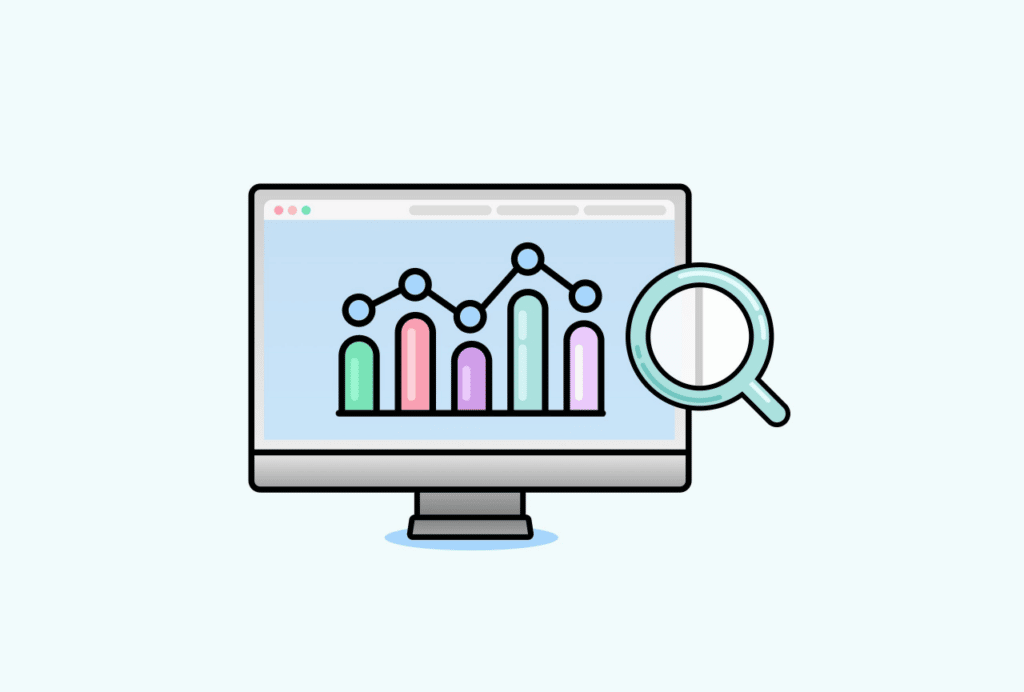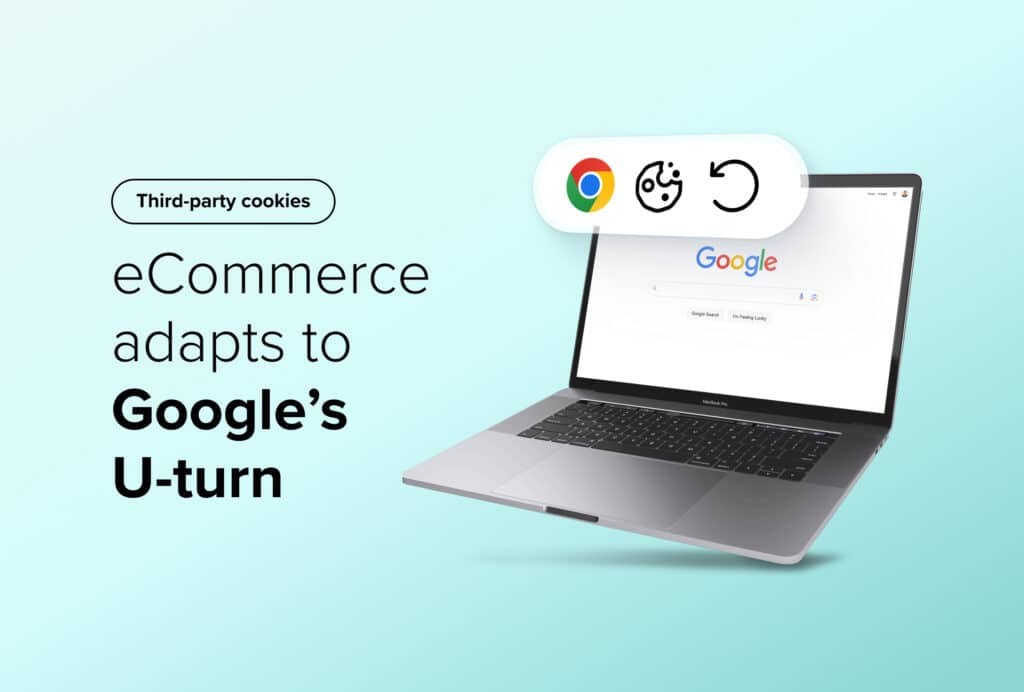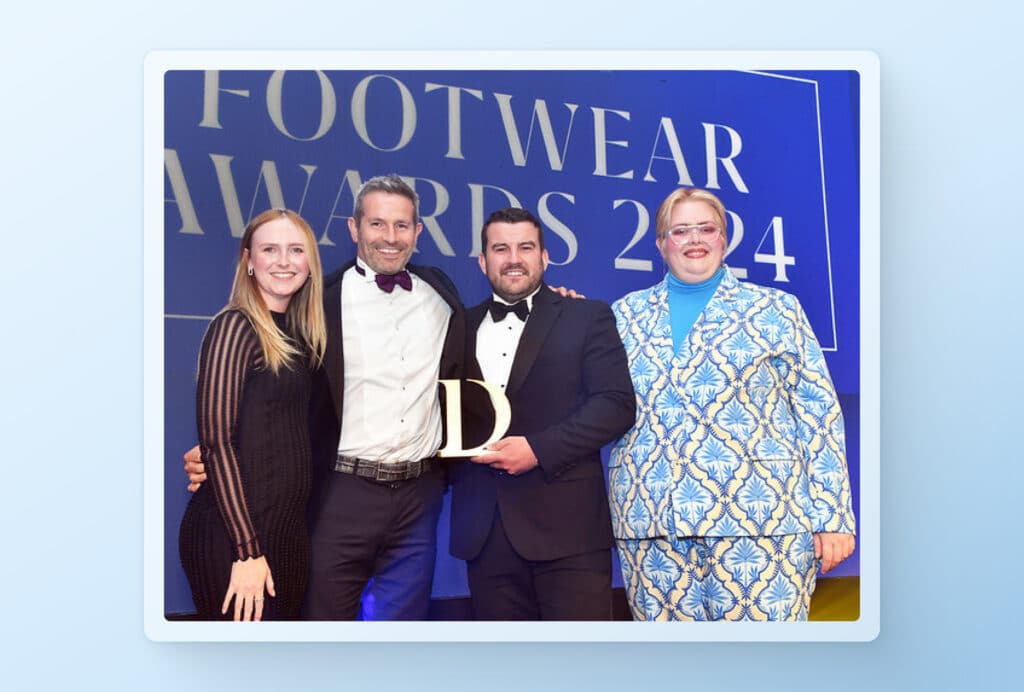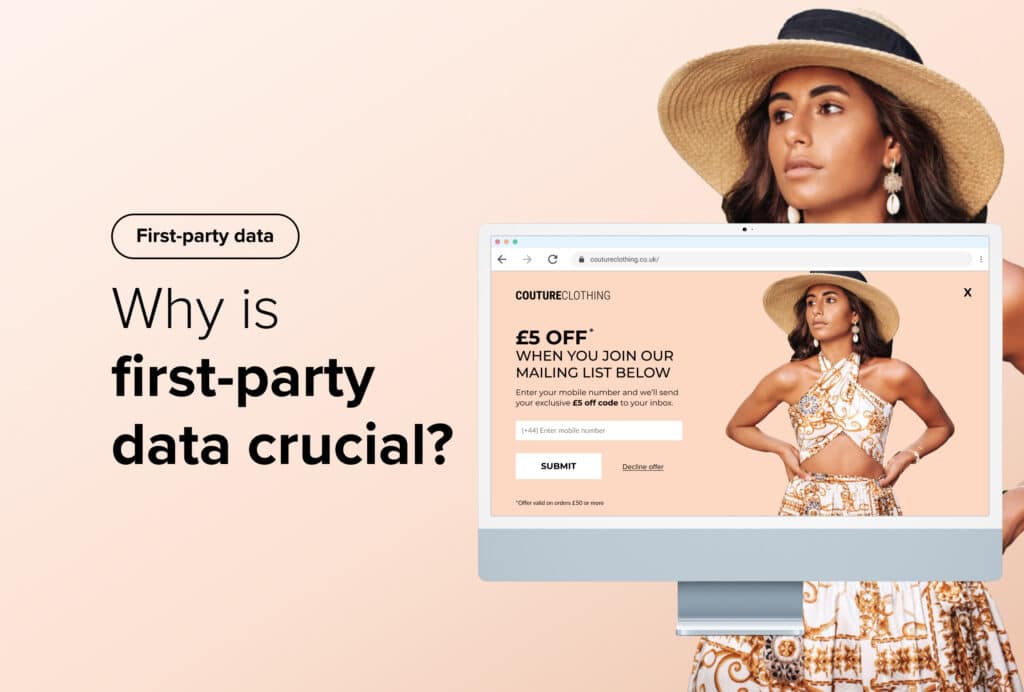How to Drive Traffic to Your eCommerce Site the Right Way
By Bethany Llewellyn • Last updated: Monday Apr 29th, 2024

You may have spent your time and resources perfecting your online store ready for launch, and now you’re left wondering where all your customers are.
Or maybe you have a steady stream of visitors to your site but wonder why your conversion rate is low.
If this is the case, there are a couple of questions you need to ask yourself. Firstly, are you driving the right traffic to your website? And, more importantly, are you making the most of the traffic currently on your site?
How to drive more traffic to your eCommerce site
Identifying how you can drive traffic to your site is the first step to getting started, but understanding why the right traffic matters can take your eCommerce business even further.
Approaches to driving visitors to an eCommerce site will differ from business to business depending on your industry, target market and product catalogue.
Some starting points of how you can drive traffic to your eCommerce store include:
- Running paid ad campaigns with Google ads
- Engaging on social media
- Hiring influencers
- Using content marketing
- Applying SEO strategies
- Exploring traditional marketing like TV, radio or mail
Pro tip: Don’t overlook analytics. Utilising tools like Google Analytics will be key to helping you identify which marketing campaigns are most effective for your business.
You will be able to identify how many clicks and views your campaigns are receiving, and work out your ROI to inform future marketing decisions.
1. Utilise your content marketing resources
Creating articles, blogs and other long-form content that’s relevant and valuable for your target audience can be a key driver of traffic to your website.
You can then share this content with your followers on social media, incorporate it in your email marketing campaigns, or work to rank on SERPs with on-page SEO.
Every eCommerce business should have a place where you can regularly publish useful, long-form content.
- Companies with blogs get 97% more links to their websites1
- Businesses that blog get 55% more website visitors than those that don’t2
- Marketers with blogs are 13 times more likely to generate positive ROI3
Pro tip: Regularly updating your content can significantly increase your click-through rate and cause a surge in traffic to your site.
But don’t be fooled – it’s not as simple as just changing a few words and updating the publish date. You could try:
- Adding new information and stats
- Updating to more recent resources
- Fix broken links and images
- Tweak your meta title and meta description
Overall, your content marketing campaigns will work to keep your existing customers up to date and attract a new audience of potential customers.
2. Make the most of your social media platforms
It’s not just the long-form blog posts you want to focus your attention on, but your social media platforms.
Social media marketing is driving eCommerce success for online retailers, so why not double down and repurpose your content across your social channels in the form of videos or carousel posts?
These shorter snippets of content will entice your audience to click through and read the full blog or incentivise a purchase on your site.
Since users spend hours on their phones every day, whether on social media or browsing the internet, it’s the place where customers find their inspiration and eye up future purchases.
Social media is now a fundamental pillar for increasing brand awareness and making yourself known to new audiences.
Since your social subscribers can be your most engaged audience, you’ll be directing the traffic that is genuinely interested in your products or services.
3. Increase your website traffic with SEO
It’s all fine and well having a whole range of content in place to direct traffic to your online store, but how are customers going to find your content without search engine optimisation (SEO)?
If you’re new to SEO, it’s the practice of optimising site pages for search engines so they can be more visible in search results for relevant queries or keywords.
Since the first page of Google captures 71% of search traffic clicks, you definitely need an SEO strategy.4
To get you started, here are some SEO tips you can implement to start improving your ranking on SERPs:
- Fix any broken links or redirects
- Improve your keyword strategy
- Create content that ranks
Search engine optimisation is a long-term strategy that you’ll need to build on, but the resulting increase in traffic will be worth it.
Tips to get started: The best way to go about making your way to the first page on Google? Authority.
This refers to the weight or importance given to a page or search query and will be a direct factor associated with a higher search rank.
It’s often based on the quality of your content, your inbound link strategy and the quality of backlinks from other sites.
The next steps to start driving more conversions
You’ve successfully implemented strategies to drive traffic to your site, or maybe you didn’t have an issue with your website traffic in the first place, so why are you still not seeing the results you were hoping for?
Working on increasing the amount of traffic to your store has its place, but it’s far too easy to get caught up in vanity metrics of unique visits and pageviews rather than focusing on what’s driving your business success.
Focusing instead on conversion rate optimisation (CRO) will help you to prioritise driving the metrics that are going to help you to achieve your business goals by making the most of the traffic already on your site.
For many eCommerce businesses, improving CRO will do far more for your bottom line than only pushing more traffic.
Implementing conversion strategies will ensure you’re going to convert this influx of users into valuable, lifetime customers.
Here are some ideas on where you can enhance your site to drive more conversions.
1. Optimise your on-site search
Since social media is changing the way consumers browse online, it’s key for eCommerce businesses to follow suit with the ever-changing trends.
Your site search is one of the first places your visitors will head to, so don’t deter them with an unoptimised, slow search tool.
Here are some features of your on-site search that are integral to CRO strategy:
- Deliver immediate results: Remove friction for your customers and allow users to browse with ease by returning results in the blink of an eye.
- Capitalise on the visual: Allow customers to search for and discover products the way they want to with a visual way to search. This is especially effective for visitors from social media.
- Ensure accurate results: Unite users with their perfect purchase by choosing a search tool that accounts for variations in spelling and phrasing.
Your on-site search is there to assist the customers who land on your site and help them discover their perfect purchase from your online store.
With a variety of speedy search options, this helps customers find exactly what they’re looking for and reassures them that they’ve landed on a site where their needs will be met.
What you can do: Consider exploring Salesfire’s search solutions to ensure you optimise the customer experience from the moment they start browsing your site.
2. Your messaging matters
The messages you display on your website are a key driving force for how your brand will be portrayed, especially by new visitors.
Having a solid brand identity shows customers that you’re sure of who you are, instilling confidence that they’re in the right hands.
Since you’ve spent your time and resources driving traffic to your website, you want to make sure you use effective targeted messaging to engage your users and encourage them to complete a purchase.
You can utilise targeted messages throughout the entire customer journey, such as:
- Making the most of shoppers higher up the sales funnel
- Encouraging users to build bigger baskets
- Reducing your basket abandonment rate
- Capitalising on the post-purchase feeling
Using tailored Overlays to target customers based on their on-site behaviour makes users that visit your site feel right at home and encourages them to return time and again.
This also presents the perfect opportunity to collect email addresses and grow your email list with data-capture Overlays. You can then follow up with an email marketing campaign that allows you to build stronger relationships with your customers and reinject them onto your site further down the line.
What you can do: You can create dynamic landing pages based on where the user has come from, whether it be through social media or an ad. Editing the call-to-action copy can personalise the buying journey and direct users to their ideal purchase.
This presents opportunities for further personalisation.
3. Personalised product recommendations
There’s no better way to make your customer feel valued than by offering a personalised, on-site experience with product suggestions.
Product recommendations will ensure you’re attracting the right traffic, as those with purchase intentions will be taken through a seamless customer journey entirely tailored to them.
It presents the perfect opportunity to upsell and cross-sell your products. With tools like AI-powered recommendations, you can analyse buyer behaviour to anticipate customers’ wants and needs, allowing you to provide a tailored, seamless experience for your customers.
This works by matching up a user’s on-site journey with those who have similar buying or browsing behaviours. This machine learning algorithm will ensure that every customer receives product suggestions that resonate with them.
Suggested reading: Take a look at 6 Recommendation strategies to help you make the most of the traffic on your site by providing a personalised and seamless user experience.
Final thoughts
Optimising your campaigns and strategy to successfully drive the right traffic, and more of it, to your site should be a focus for any online store.
But this alone isn’t going to help you drive revenue and sales. What’s crucial is you accompany this traffic-driving mindset with a robust conversion rate optimisation strategy that’s going to ensure you’re making the most of this traffic.
With the use of intelligent CRO tools, personalisation and targeted messaging, you’re not only going to reach your target audience in the first instance, but you’re also going to reduce bounce rates and secure that all-important conversion that’s the driving force behind your business.
See how Salesfire can help you optimise your product discovery experience, email one of our experts at [email protected] or book a free demo of our personalisation tools.



